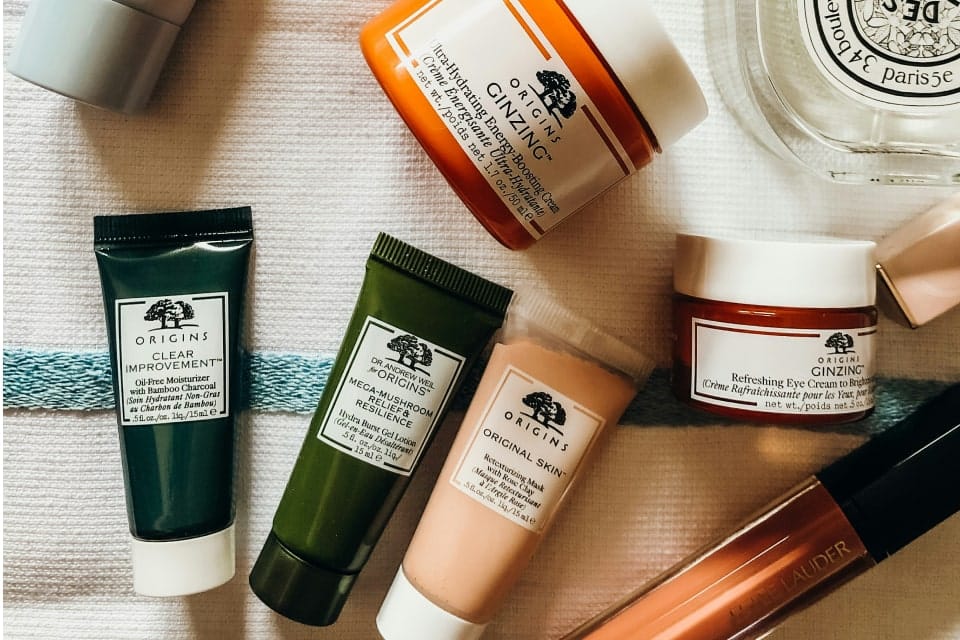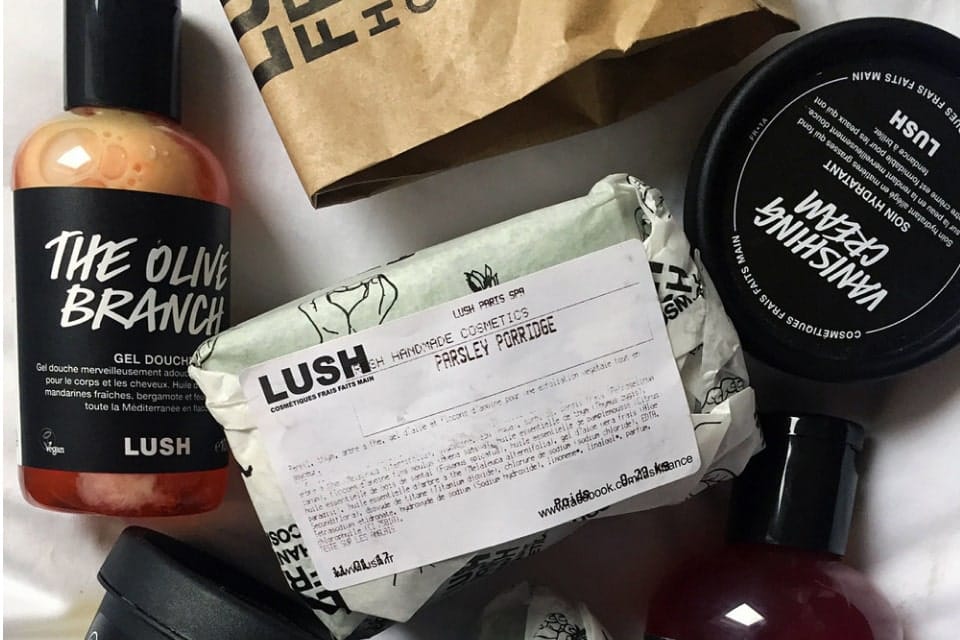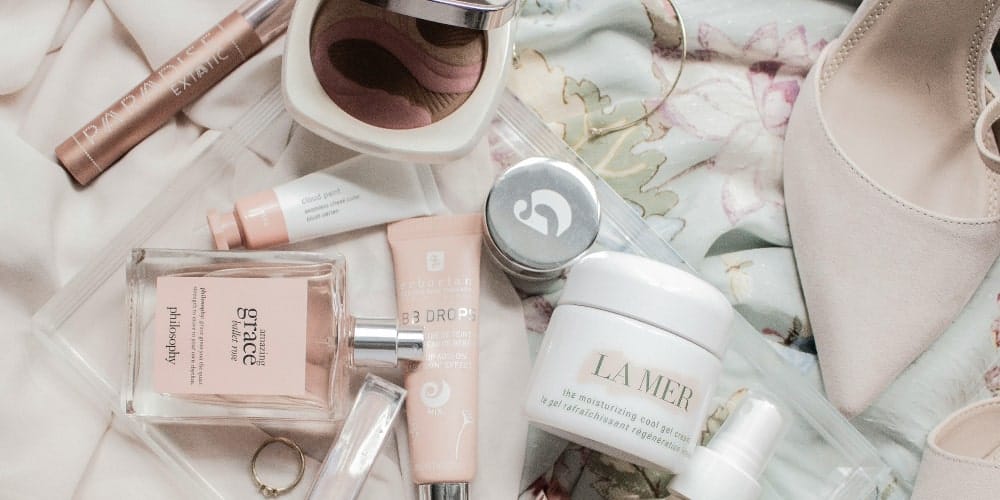As the first impression a cosmetic company makes on their consumers, packaging is vital to a product experience. Many beauty brands thus face the challenge of designing cosmetic packaging that effectively protects their products and expresses their brand values accurately. As the industry continues to shift and change in the modern age, there continues to be a demand for companies to be adaptable and ingenious when designing packaging solutions as they can often pose a unique set of challenges.
With ever-evolving trends and consumer expectations, packaging is expected to not only look aesthetically pleasing but also remain eco-friendly. Achieving the delicate equilibrium between aesthetics, functionality and environmental consciousness is no small task, bringing a range of challenges every step of the way.
Speed & Throughput in Beauty & Personal Care Packaging
The process of producing cosmetic packaging can be affected by 3 main factors:
- Packaging shape
- Packaging size
- Packaging quantity
Effects of Shape
While unique and eye-catching designs can often attract buyers, they often require additional attention during the production process. The specialized machinery and manual handling needed can often result in slower production rates compared to packaging with more common and standardized shapes. While these simple shapes can often be achieved through injection molding, we can expect more complex shapes to be more expensive as they may require more time-consuming CNC machining or 3D printing.
Take, for example, this packaging design for Clemen sunscreen which has a unique shape. Due to its irregular shape, it may require specialized procedures or manual intervention to facilitate production. This could thus increase the financial and time investments required to accommodate this packaging design.
Thus, if the ultimate goal is to optimize packaging speed, cosmetics companies should seek to use simplified and standardized packaging designs which can help to streamline manufacturing processes and thus maximize automation efficiency.

Effects of Size
Larger packaging sizes will often require more raw materials, and greater storage space and can potentially pose challenges during transportation. As a result of their larger volume, they will often also require more time to be filled and labeled.
On the flip side, smaller packaging sizes can often lead to faster production and greater throughput in addition to lower costs due to their increased speed and reduced use of materials. Thus, cosmetic companies should consider optimizing the size of their packaging such that materials and resources are minimized without sacrificing functionality and user appeal.
PackMojo offers a structural design service that can allow you to consult packaging engineers to achieve this. Choosing packaging that physically takes up less space can be beneficial for production efficiency and cost-effectiveness and the environment.
Effects of Count
With product count, it is quite obvious that with a higher number of units, it will generally take more time to produce. However, when product count for packaging is low, it actually often leads to more manual production processes and lower efficiency. Thus, in order to increase the speed and throughput, cosmetic companies should actually consider increasing product count to enable automation.
Consolidating variety and thus increasing the count of a single packaging design can reduce the need for machine component swaps, resulting in expedited production and even decreased costs per unit thanks to economies of scale. Cosmetic companies can achieve this by using the same packaging design for multiple products whenever possible.
Multi-Material Construction Design for Recyclability in Beauty Packaging
Multi-material packaging designs can often come with functional versatility, extended shelf life for products and enhanced product protection, their complex composition can often limit the packaging’s recyclability. This complex makeup often results in the packaging going to waste thus increasing pollution and resource depletion.
As consumers continue to desire to have a low impact on their environments, cosmetic companies are forced to innovate to have a more circular economy approach when it comes to packaging. Brands can help simplify the recycling process by choosing to use materials with similar melting points and have compatible recycling streams or ones that can be more mechanically separated.

Cosmetic companies may also choose to design multi-material packaging with disassembly in mind. Research shows that 84% of consumers are unintentionally contaminating their recycling. By designing easily disassembled packaging, beauty brands can empower buyers to increase the amount of packaging that is correctly recycled.
With 84% of consumers seeking clear recycling instructions on product packaging, it’s clear that clear instructions on disassembly, can significantly reduce the amount of packaging that ends as waste in landfills. Making the recycling process accessible to consumers can help them take the crucial step of sending their waste to recycling centers confidently.
To cap it all off, cosmetic companies can help to streamline recycling by facilitating efficient sorting and recycling through the use of standardized recycling symbols. These symbols can help facilities identify and separate materials easily especially as advancements in recycling technology enhance automation and accuracy in material sorting.
Cosmetic companies can also lean on innovative technological advancements and hybrid materials that offer eco-friendly alternatives. By unlocking the ability to simplify the recyclability and reusability of the packaging, these often mono-material packaging options works to promote sustainability through a circular approach to packaging in the beauty industry.

Balancing Functionality & Eco-Friendliness in Cosmetic Packaging
Material Considerations
In the modern age, product packaging help brands make statements regarding their ethos, product quality and ecological responsibility. Research shows that although 90% of kitchen waste is recycled, this number drops to 50% when it comes to bathroom waste. The beauty industry faces unique challenges when it comes to balancing functionality and sustainability in its packaging due to the need for product protection against contamination and degradation.
Plastic is a highly durable and versatile option that is effective at product protection. However, we see 2.5 billion plastic bottles hitting landfills annually, making it a not-so-eco-friendly choice. Cosmetic companies can look to achieve a balance with functionality by exploring the use of different materials.
It is important to consider which alternatives will better fit your product’s needs best whilst minimizing its impact on the environment.
- Glass is luxurious-appearing, fully recyclable and encourages repurposing. However, it is also a heavier alternative that can generate more carbon emissions and financial burden during transportation.
- Paper, though biodegradable, compostable and recyclable, may not be as protective as other materials and is susceptible to moisture damage.
- Bioplastics, though most closely resemble plastic, have reduced carbon emissions during production and may require specific industrial composting conditions to achieve complete degradation.
Lush is well-known for their use of alternative materials for packaging. They use a variety of materials such as recycled plastics, biodegradable materials, paper-based packaging and sometimes even naked packaging which refers to products sold without packaging. To design similar paper-based packaging, make sure to check out PackMojo’s selection of packaging products.

Design Considerations
In locating the intersection of functionality and eco-friendliness, cosmetic companies need to ensure that they are keeping their consumers' user experience at the forefront of all decisions, ensuring an enjoyable and easy-to-use product.
As a result, we have seen the rise of refillable packaging systems. Refillable packaging systems can encourage consumers to reuse containers from their previously purchased products and thus minimize future packaging waste. They can also be used to foster brand loyalty as product refills tend to come at reduced prices ad allow for beauty brands to tap into subscription-based revenue models.
Similarly, modular designs can allow for specific parts of packaging to be swapped out, thus extending the life cycle of the parts that remain unchanged. An example might be a lipstick case with interchangeable colored balms. Though this can be good at reducing waste, brands need to ensure that they design components of modular designs to be easily used.
Sol De Janerio’s popular Brazilian Bum Bum Cream comes in a bright yellow container made of sturdy plastic. With a cult-like following, the brand has opted to design refillable pods made with less material that can be placed directly in the original container. This solution is able to minimize landfill waste as the original cream container can be reused indefinitely.
Similar to this, we will continue to witness an emergence of minimalist packaging as modern consumers begin to associate luxury with social and environmental responsibility. Minimalist packaging eliminates unnecessary components and materials thus reducing waste whilst simultaneously simplifying products for users without compromising the protection and transparency of the product.

Hygiene & Transparency in Beauty Packaging
Role in Maintaining Hygiene
Packaging is paramount in maintaining the hygiene of products through delivery and day-to-day use. Due to the nature of cosmetic products, they are often susceptible and sensitive to contamination from external factors making packaging a crucial barrier to preserve product integrity.
Traditional packaging options which often have open lids pose challenges in maintaining hygiene prompting brands to adopt packaging with dispensing mechanisms such as pumps or sprays. Since they are able to control product release, they are able to minimize the exposure to contaminants thus allowing products to remain hygienic thus prolonging product life.
Role in Maintaining Transparency
In the era of consumer empowerment, transparency has become a key purpose of packaging. With 72% of consumers believing that brands should be honest with their products and ingredients, packaging serves as a powerful communication tool to provide comprehensive information regarding ingredients, potential allergens and eco-friendly initiatives.
Ensuring that the labeling is clear and legible is imperative in effectively conveying ingredient lists, instructions and sustainability claims such that font sizes and color contrasts should be prioritized. Staying informed on regional requirements and internationally recognized labeling guidelines can also help brands maintain transparency across global markets.
With the rise in ethical brands, brands should prioritize openness and sharing information regarding the sourcing, production and environmental impacts of their products. With more consumers seeking safe, sustainable and cruelty-free products, educating consumers can help to empower them to make informed decisions. In such an oversaturated market, showcasing certifications can help cosmetic companies build trust while distinguishing themselves as responsible and reliable.

Future Trends in Beauty Packaging Design
Sustainability To Drive Innovation
Cosmetic brands are challenged with seamlessly integrating low environmental impact design elements into packaging while maintaining aesthetics to appeal to the growing consumer base of environmentally conscious consumers. We see this come through in trends such as minimalism which is aimed to reduce excessive elements to convey a sense of sophistication and let the product shine.
Finally, we are seeing brands begin to incorporate sustainability into their brand identity making packaging a physical representation of their shift towards eco-friendliness. We are seeing embossed logos or QR codes as opposed to plastic packaging to communicate a brand’s sustainability mission. With this, we do and will continue to see a shift towards circular economy principles and innovation in techniques and materials such as vegetable inks or upcycled packaging.
Shift Towards Clean Beauty
Consumers are also growing a preference for clean beauty consisting of products that are natural, non-toxic and chemical-free. To lean into this trend, brands should expect to increase the transparency of their ingredients and processes. As influencers continue to share their experiences and advocate for ethical and sustainable products, we will also see the clean beauty message continue to spread across social media.
Clean beauty can also often be reflected in packaging designs where the focus is on simplicity and elegance. The challenges that come along with this are to provide clear and concise messaging whilst maintaining a clutter-free aesthetic. Brands may choose to leverage smart packaging to achieve the desired results, they may also look to innovative printing techniques such as embossing to create visually appealing packaging designs that still employ distinctive branding elements.
Digital Meets Physical
As the digital era continues to grow, the challenge for brands will be to maintain the practicality of digital elements without getting swept up in the excitement of technology when designing a truly immersive experience for consumers. With this in mind, brands should prioritize creating a user-friendly experience in order to stay competitive whilst the technology landscape evolves rapidly.
We will also see technology and smart packaging used to provide tracking information. This can include information about product usage, expiration dates and sustainability information. However, as with all technology, brands have to be wary about data privacy concerns and look to establish standardized recycling processes for smart packaging components such as sensors and RFID technology.
Opportunities & Challenges for Cosmetics Packaging Suppliers
As the beauty industry grows towards innovation in sustainability, we are seeing more and more environmentally friendly packaging materials and solutions emerge. To meet the demand of customers, suppliers can look to implement more alternative packaging materials.
Suppliers can also look to get the appropriate certifications, such as the FSC certification, to exhibit their commitment to following the strict certification guidelines. As brands are expected to provide sustainable solutions, we can also see suppliers expected to fill this demand.

As the market of packaging suppliers increases in saturation, suppliers will be expected to find ways to stand out from their competition. Thus, maintaining a high quality in products and staying on top of packaging trends will be crucial to building brand resilience. The competition will also lead suppliers to meet cost pressures as raw materials rise in costs and prices for packaging continue to get more competitive. Suppliers will need to find novel avenues to optimize production processes and streamline operations whilst maintaining high quality.
As more certifications and guidelines emerge, suppliers will also have to ensure that they are following strict regulations and requirements, particularly as they may differ in different regions. As product development increases in pace, suppliers will be expected to streamline operations whilst implementing more complex designs and smaller batch sizes to keep up with the shorter product life cycles and rapid trend cycles.
Closing Thoughts
As the cosmetic industry never ceases to change with the uprising of new trends, beauty brands are forced to navigate packaging design challenges to stay competitive. Cosmetic companies must keep up with the dynamic nature of the constant innovation and shifting consumer demands and subsequently find creative solutions to overcome such obstacles. As long as beauty brands take the time to understand and consider these challenges and their potential solutions, there is no doubt they will be able to take them head-on and dominate the cosmetic market.
